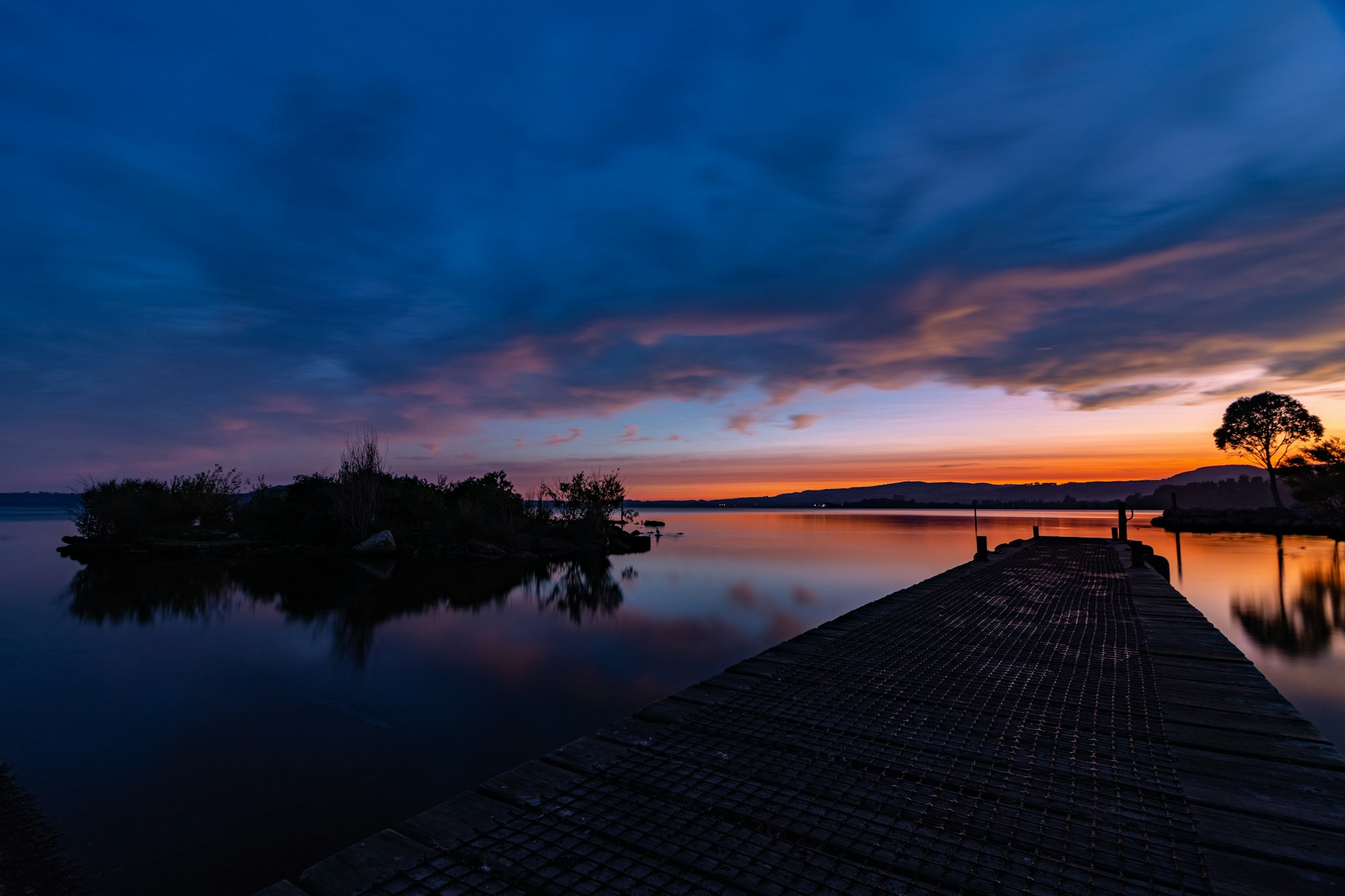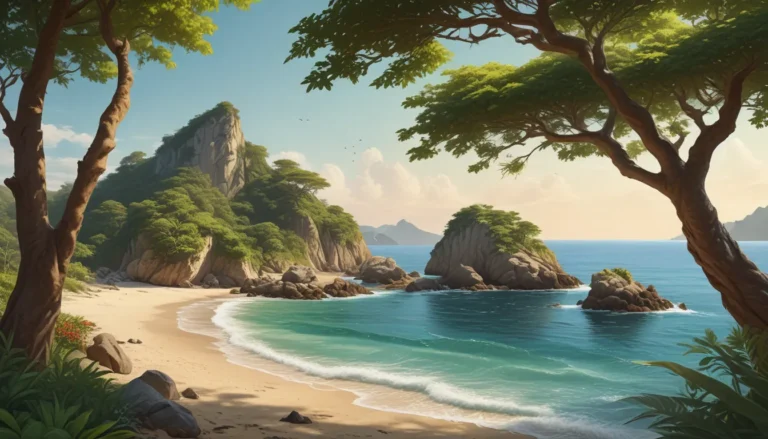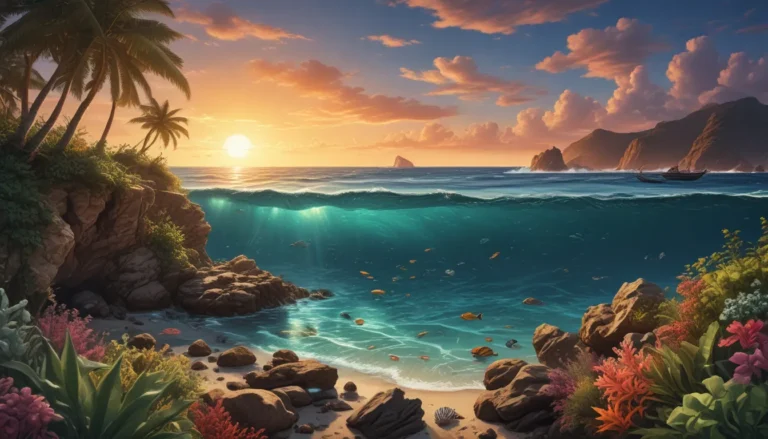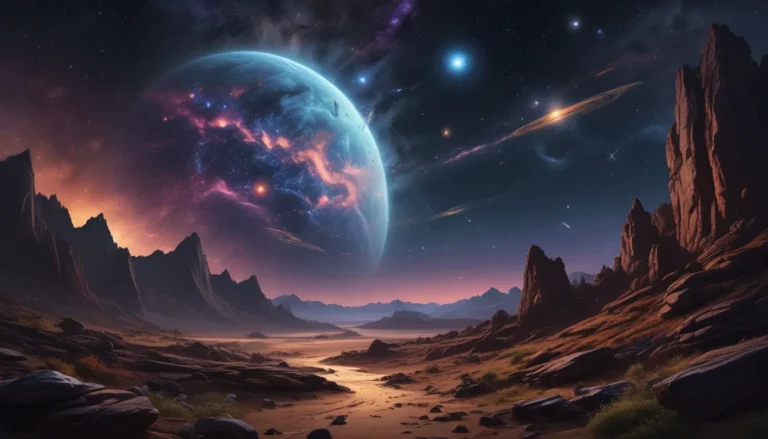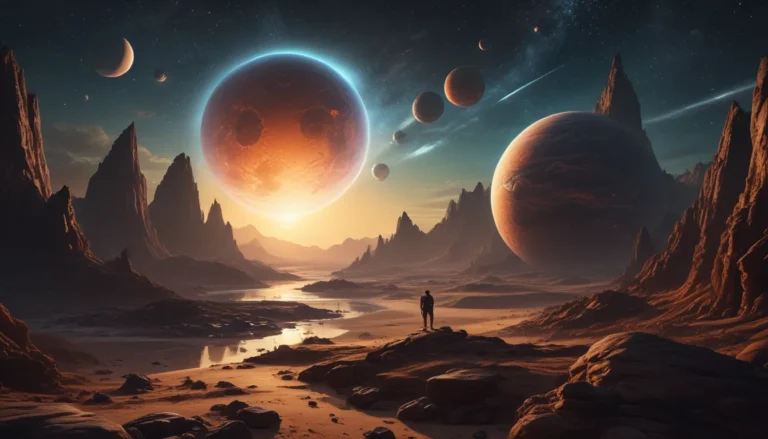The pictures we use in our articles might not show exactly what the words say. We choose these pictures to make you interested in reading more. The pictures work together with the words but don’t take their place. The words still tell you the important facts.
Introduction
Lake Rotorua, a jewel in the crown of New Zealand's North Island, is a natural wonder that captivates visitors with its stunning beauty and unique geothermal features. As the second-largest lake in the North Island, Lake Rotorua holds a special place in both the geological and cultural landscape of New Zealand. This article will explore the fascinating facts about Lake Rotorua, from its volcanic origins to its significance in Māori culture and its role as a popular tourist destination.
Formed over 140,000 years ago by a massive volcanic explosion, Lake Rotorua is not just a body of water but a living testament to the Earth's powerful geological forces. Its geothermal activity, diverse ecosystem, and rich cultural heritage make it a unique destination that offers something for everyone, from nature enthusiasts and adventure seekers to those interested in Māori history and traditions.
Key Takeaways
- Lake Rotorua is the second-largest lake in New Zealand's North Island
- It was formed by volcanic activity over 140,000 years ago
- The lake is known for its geothermal features, including hot springs and mud pools
- Mokoia Island, located in the lake, holds significant cultural importance for the Māori people
- Lake Rotorua is a popular tourist destination for fishing, water sports, and cultural experiences
- The lake's ecosystem supports various fish species, including introduced trout
- Geothermal activity can cause the lake's water to change colors
Interesting Facts About Lake Rotorua
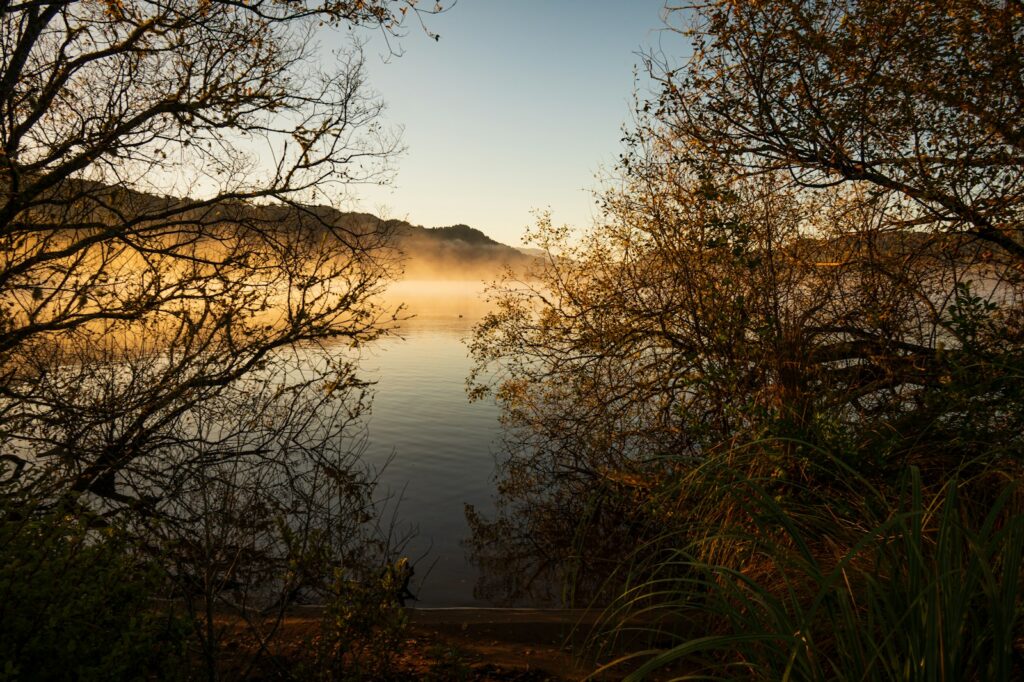
1. Impressive Size and Depth
Lake Rotorua covers an impressive surface area of 79.8 square kilometers (31 square miles), making it the largest lake in the Rotorua Lakes District. While it's expansive in size, the lake has an average depth of only 10 meters (33 feet), with a maximum depth of 44.8 meters (148 feet). This relatively shallow depth contributes to the lake's unique characteristics and ecosystem.
The lake's size and depth play a crucial role in its ecological balance and the activities it can support. The large surface area provides ample space for various water-based activities, while the shallow depth allows for easier access to the lake's resources and contributes to its warmer water temperatures.
2. Volcanic Origins
Lake Rotorua's formation is a testament to the powerful geological forces that have shaped New Zealand's landscape. The lake is a crater lake, created by a massive volcanic explosion that occurred over 140,000 years ago. This event was part of the ongoing volcanic activity in the Taupo Volcanic Zone, a geologically active region that continues to shape the North Island's terrain.
The lake's volcanic origins are evident in its circular shape and the presence of geothermal features around its shores. These origins also contribute to the unique chemical composition of the lake's water and the surrounding soil, which in turn influences the local ecosystem and the types of flora and fauna that thrive in and around the lake.
3. Geothermal Wonder
One of the most captivating facts about Lake Rotorua is its geothermal activity. The lake and its surrounding area are famous for their hot springs, mud pools, and geysers. These geothermal features not only provide a stunning visual spectacle but are also believed to have therapeutic properties.
The geothermal activity influences the lake's appearance, causing its waters to change colors. Visitors might witness a range of hues, from vibrant blues and greens to milky whites and shades of orange. This ever-changing palette adds to the lake's allure and provides a unique backdrop for photographs and memories.
4. Mokoia Island: A Cultural Treasure
At the heart of Lake Rotorua lies Mokoia Island, a volcanic island that holds immense cultural significance for the local Māori people. This small but important landmass is not just a geographical feature but a sacred site steeped in Māori legend and tradition.
Mokoia Island is particularly famous for its connection to the love story of Hinemoa and Tutanekai, one of New Zealand's most well-known Māori legends. The island serves as a tangible link to the area's rich cultural heritage and provides visitors with a glimpse into the deep connection between the Māori people and the natural environment.
5. Rich Biodiversity
Despite its volcanic origins and geothermal activity, Lake Rotorua supports a diverse ecosystem. The lake is home to several fish species, including introduced Rainbow Trout and Brown Trout, which have made it a popular destination for fishing enthusiasts from around the world.
The lake's eutrophic state, indicating a high nutrient content, contributes to its ability to support a variety of aquatic life. This rich biodiversity extends beyond the water, with the lake's shores and surrounding areas providing habitats for numerous bird species and other wildlife.
6. Cultural Significance
The name "Rotorua" itself is deeply rooted in Māori culture, translating to "Crater Lake" in the Māori language. This name reflects not only the lake's physical characteristics but also its importance in Māori tradition and history.
Lake Rotorua and its surrounding area have been home to the Te Arawa tribe for centuries. The lake features prominently in many Māori legends and continues to play a crucial role in the cultural practices and identity of the local Māori community.
7. Tourist Magnet
Lake Rotorua has become a major tourist attraction, drawing visitors from across New Zealand and around the world. The lake offers a wide range of activities, including fishing, swimming, kayaking, and exploring the surrounding geothermal parks.
Beyond its natural attractions, the Lake Rotorua area is known for its rich Māori culture. Visitors can experience traditional Māori performances, visit marae (meeting grounds), and learn about Māori customs and history, making it a unique destination that combines natural beauty with cultural immersion.
Lake Rotorua: A Closer Look
To better understand the various aspects of Lake Rotorua, let's break down its key characteristics in a table format:
| Characteristic | Details |
|---|---|
| Location | Rotorua Lakes, Bay of Plenty Region, North Island |
| Coordinates | 38°05′S 176°16′E |
| Type | Crater lake |
| Primary inflows | Utuhina, Hamurana Spring, Ngongotahā |
| Primary outflows | Ohau Channel |
| Basin country | New Zealand |
| Maximum length | 12.1 kilometres (7.5 mi) |
| Maximum width | 9.7 kilometres (6.0 mi) |
| Surface area | 79.8 square kilometres (30.8 sq mi) |
| Average depth | 10 metres (33 ft) |
| Maximum depth | 45 metres (148 ft) |
| Surface elevation | 280 metres (920 ft) |
| Islands | Mokoia Island |
| Settlements | Rotorua |
This table provides a quick overview of the key facts about Lake Rotorua, highlighting its physical characteristics and some of its notable features.
Conclusion
Lake Rotorua stands as a testament to New Zealand's dynamic geological history and rich cultural heritage. From its volcanic origins to its current status as a hub of biodiversity and tourism, the lake continues to captivate and inspire visitors from around the world. The fascinating facts about Lake Rotorua reveal a complex ecosystem where geothermal activity, diverse wildlife, and human history intertwine to create a truly unique natural wonder. As we continue to learn more about Lake Rotorua and its surrounding environment, it becomes increasingly clear that this remarkable body of water is not just a scenic attraction, but a vital part of New Zealand's natural and cultural landscape. By understanding and appreciating the lake's significance, we can better protect and preserve it for future generations to enjoy and learn from.
